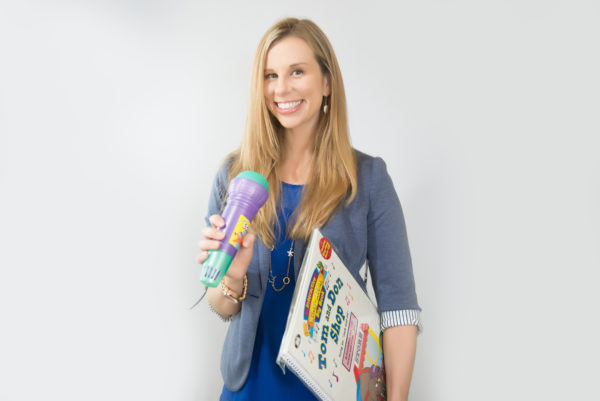
Oral Reflexes and Feeding
Did you know that your baby was born with reflexes that assist him with feeding until he is ready to do the movements on his/her own? There are 7 reflexes that help your baby with feeding. Most of these reflexes “integrate” or “disappear” within the first year of life or shortly thereafter. Two of these reflexes, the swallowing reflex and the gag reflex, continue throughout the life. Let’s review these reflexes:
The rooting reflex: Your baby moves toward the source when you touch his cheek or lips. This helps your baby locate the breast for nursing. This reflex “integrates” between 3 and 6 months.
Suckling Reflex: This reflex is initiated when you place your finger, bottle nipple, or breast nipple in your baby’s mouth. Suckling is the front to back movement that seals and unseals the back 1/3 of the tongue. It allows your baby to feed from the breast or bottle. Suckling integrates between 6 and 12 months.
Tongue Reflex: This is the front to back wavelike movement that helps your baby suckle. It is integrated by 12-18 months.
Swallowing Reflex: The swallow is initiated when food, liquid, or saliva reaches your baby’s throat. Your baby comes under control of this reflex by 18 months and it continues as an important reflex throughout our lives.
Bite Reflex: Your baby opens and closes his jaw to “bite” up and downs when you apply pressure to his gums. This reflex integrates by 9-12 months.
Transverse Tongue: The baby moves his tongue to the side when he receives touch, food, or taste on either side of the tongue. This reflex disappears between 9-24 months of age.
Gag: The gag reflex protects the baby’s airway from swallowing items that are too large. What you may not know is that the baby’s gag reflex is located in the front of the tongue and “moves” back to the back ¼ of the tongue with experiences in the mouth. The gag reflex continues throughout our lives.
Sometimes reflexes do not integrate on their own. Other times, reflexes can be used to facilitate appropriate oral movements for feeding. A Pediatric Speech-Language Pathologist can assess these reflexes as well as the oral-motor skills necessary for feeding. If therapy is warranted, a Speech Pathologist can provide appropriate treatment to ensure happy and successful mealtimes for you and your child.
References:
Bahr, D. (2011). Nobody Ever Told Me (or my Mother) That!: Everything from Bottles and Breathing to Healthy Speech Development. Cork: BookBaby.

Brooke is the owner of The Speech Dynamic LLC , where she provides play based and family centered speech and feeding therapy. in the Greater Houston area, She is the co-creator of “Wiggle time,” an interdisciplinary curriculum for pediatric therapy. She has presented at The North Carolina Exceptional Children’s Conference regarding embedding language into routines. She has also shared her expertise on a panel for The University of North Carolina at Chapel Hill. Brooke has a passion for helping families understand the importance of play for speech & language development.






